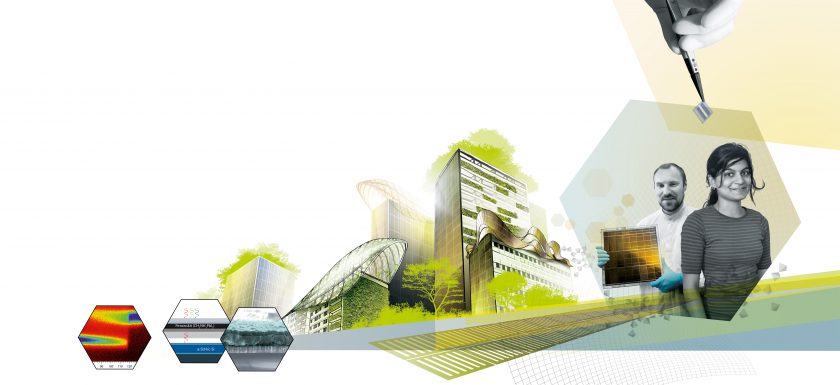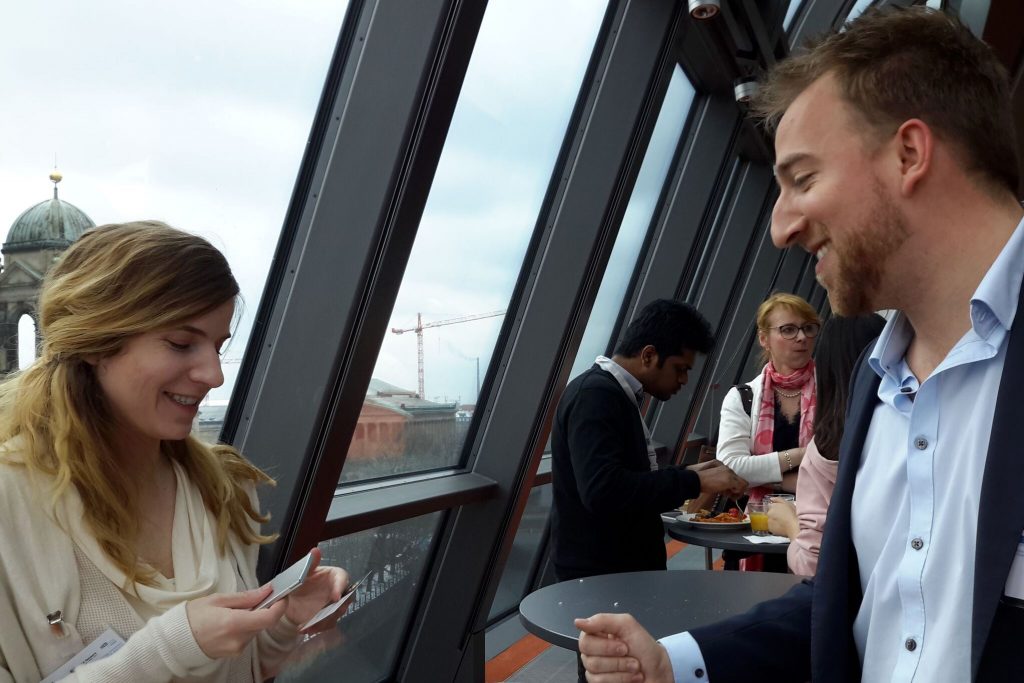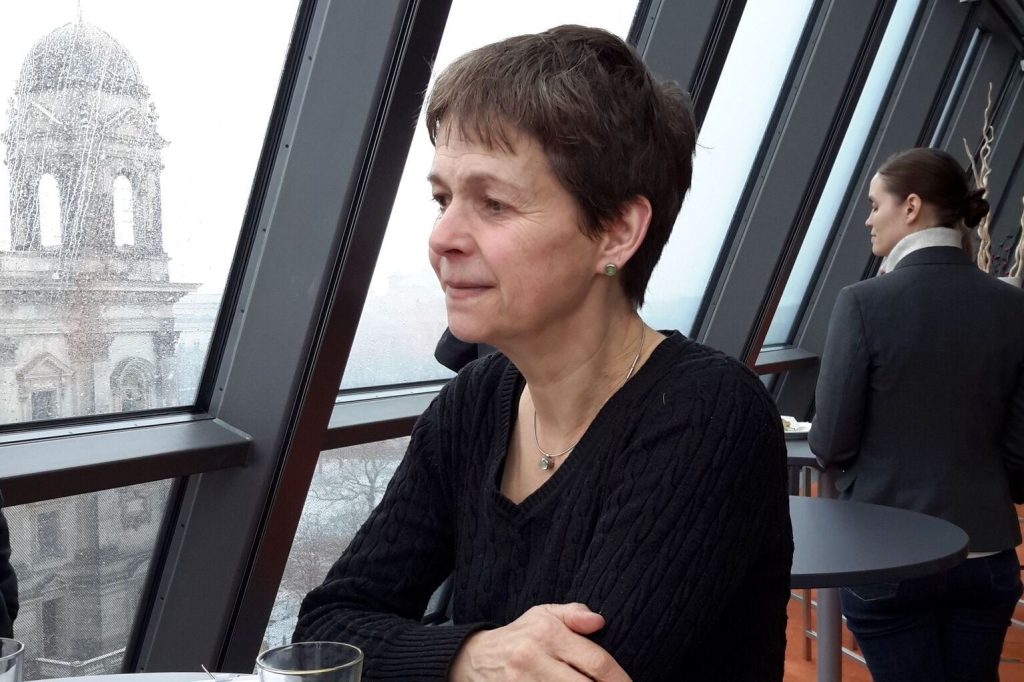
At the Interdisciplinary conference on „INNOVATION IN SOLAR BUILDING SKINS & ENERGY EFFICIENCY TOWARDS SUSTAINABLE CITIES”, 19th to 20th march in Berlin, experts from the building sector, politics, finance and photovoltaics discussed why Building Integrated Photovoltaics (BIPV) is not already more widely applied in buildings (see also HZB-webinfo ) and what innovations are still needed.
Statements from participants of the conference:



Lighthouse projects show what is possible
Impressive projects by architects and engineering offices demonstrate what can be done already: Elegant modern buildings with solar facades and solar active materials for windows, pavements or other surfaces do not only provide energy and mitigate climate change, but bring also great living comfort. One example is the Efficiency House Plus in Berlin.
Solutions are there
A wide range of products is already available on the market: Colorful glasses with different degrees of transparency allow architects to choose according to aesthetic requirements. But still, the implementation of Building integrated Photovoltaics (BIPV) on a massive scale is very slow.
Barriers and Drivers for BIPV
Among the barriers for massive implementation of BIPV are low oil and gas prices, real estate speculation but most importantly slow adaption of legislation, mentioned by Claude Turmes, member of the European Parliament. “Germany fails to comply with EU legislation on Near Zero Emission Buildings”, Turmes warned and stressed the necessity to mitigate climate change. But there are also potential drivers: further sinking costs for PV components, rising corporate social responsibility and the awareness that modern solutions could add more than just energy, e.g. comfort, air quality and design.
Offering solutions for different needs
Architect Hille Bekic, Architektenkammer Berlin, stressed the point that solutions are needed not only for new buildings and big investors but as well for older buildings and for private house owners.
Just start now
And Carolien Gehrels, Arcadis, a former vice mayor of Amsterdam said: “Having been a politician, my advice is: don’t expect politicians to have more courage than their voters.”
On twitter, the conference was documented with #BIPVinnovation.
